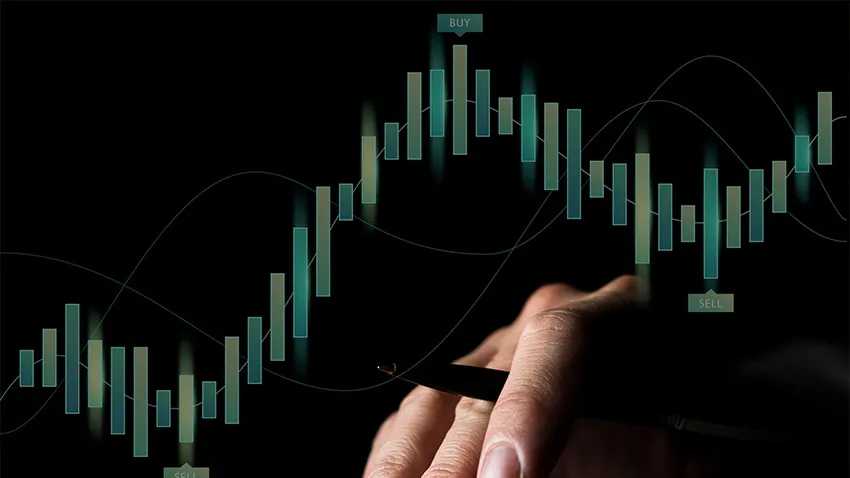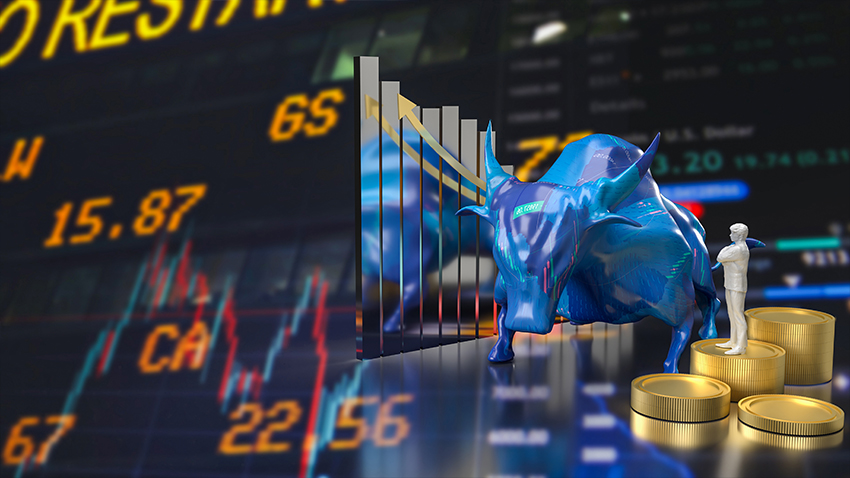FII & DII Trading Activity
Open Free Demat Account
*T&C ApplyWhat are FII and DII?
The term ‘FIIs’ stands for foreign institutional investors, and the term ‘DIIs’ refers to domestic institutional investors. The FIIs put their money into different company asset’s and the headquarter of the following institutes is placed outside the country.
DIIs are investors or a group of investors represented as institutional investors to invest in the financial assets which are listed in the country stock market in which they currently reside.
FII and DII Data Today
How Does FII & DII trading Activities Work?
To start with how they work, FIIs are registered offices, banks, foreign mutual funds, government, insurance companies, etc. This institution seeks other countries’ financial assets to invest in and make profits out of it.
The FIIs handpick different projects, companies or start-ups to invest their money. A growing nation like India has immense growth potential, and a number of FIIs from various countries seek to participate in the race. Foreign investment helps in multiple ways, one of them being currency appreciation.
In the DIIs category, institutional investors who are registered in India invest in the Indian stock market. You can include Indian banks, mutual funds, insurance companies, government bodies etc. These institutional investors trade a large volume of shares and, it plays an important impact on the Indian Stock market.
FII vs DII
To differentiate between the FII vs.DII investors consider some of the following points mentioned below;
The Geolocation:
First and foremost difference between the FIIs and DIIs is the investor location. FIIs reside in another country and invest in some other country. Whereas DIIs invest in the same country where they reside.
Holding pattern:
The FIIs hold around 21 % of the overall holdings in the companies which make up the nifty 500. The DIIs hold about 14 % of all shares in the nifty 500 companies.
Investment limitations:
FIIs have the investment limitation of 24 % of the total amount of the company’s paid in capital whereas in DIIs there is no limitation of investment.
Research & Duration:
FII is a foreign investor where the research team or an investor who puts their money has some delay or limitation on the company’s update. Whereas the DII has better research and analysis on the following companies. Investment duration of FIIs is for short or medium term. And the Domestic Institutional Investors invest mainly for the long term.
Types of FIIs & DIIs allowed in India
The FIIs and DIIs usually form about 35% of the investment activity in the Indian Stock Market. When a DII invests in a company it usually gives confidence to a large number of retail or institutional investors. As an investor it’s important to monitor the FIIs and DIIs indicators to have an overview of the market conditions. When the FII investment increases it boosts the country’s forex reserve and enables the government and the RBI to undertake monetary operations, enhancing budget etc.
Importance of monitoring the impact of FIIs and DIIs on a Daily Basis
The FII and DII indicator tells investors about the liquidity and strength in the stock market. As a retail investor you can follow the footprint of FII and DII data and understand which security they are buying and selling etc. The FII and DII indicator represents essential data. As a trader you can save a lot from looking at the FII & DII indicator.
You can check the FII and DII data before investing in some particular company. These indicators give us a good hint about the stock performance in the future. The FII and DII shows the inflow of money in the market.
In the FII and DII today data, you can find the net buying and selling. Data represented in the positive and negative bars which clears lots of questions from an investing point of view.
Latest Articles on Online Share Trading
 12 Jun, 2023
12 Jun, 2023Understanding Operational Margin VS EBITDA
If you are someone who keeps mixing up the operating margins with the EBITDA margins, you just have to remember one thing: The EBITDA is obtained by removing the cost related to depreciation and amortisation from the operating margin.
Conversely, if you’re a beginner, a company’s operating profits and EBITDA are key financial parameters, just like the company’s revenues and profits. Even as a beginner, you understand the importance of metrics like the company’s revenue and profits. “Operating profits” and “EBITDA” may seem convoluted compared to the revenue and profit metrics, but they are equally important parameters.
If you wish to analyse a company’s financial health and profit-generating ability holistically, you must learn to look beyond its revenues and profits. So, let’s uncover these metrics, distinguish them, and understand their importance. 12 Jun, 2023
12 Jun, 2023Swing Trading: Meaning, Uses, and Drawbacks
In the stock market, there are a variety of ways at which you can trade. One of the trades is swing trading. As there are tons of swing trading strategies, with the rise in online trading, the popularity of the swing trade is increasing on a daily basis.
Swing trading is quick & has predetermined entry and exit positions with trading strategies in place. To achieve swing trading, you need to have technical analysis, critical analysis, and in-depth knowledge about the price movement of securities. To share a glimpse of swing trading, you need to know that it works in the smaller price movements of a particular asset. So, traders who want to grab the opportunity of smaller movements in the market can learn and apply swing trading strategies on their trade.
 12 Jun, 2023
12 Jun, 2023Day Trading Vs Swing Trading: Which Is Better?
Trading and investing are the two ways market participants can profit from the market. Trading in the market can enable market participants to profit from short-term volatility, just as purchasing securities and holding them long-term contributes to wealth accumulation. There are many different trading techniques, such as swing, intraday, conventional, and momentum trading. This article explains the differences between day trading vs. swing trading, the amount of cash needed for each trading style, and the best trading strategy for each individual.